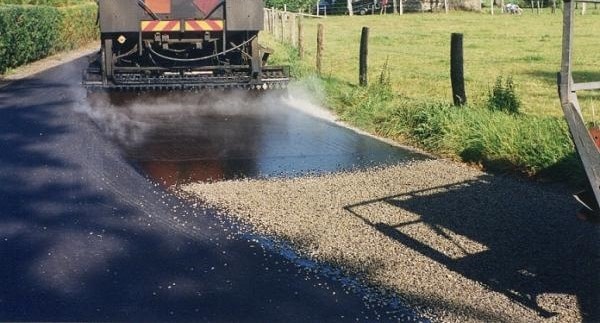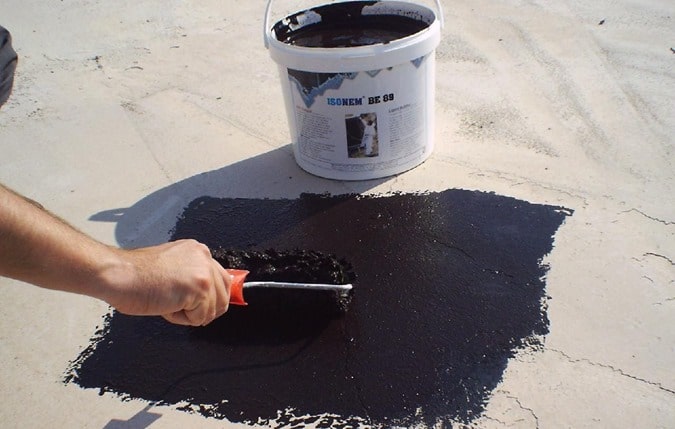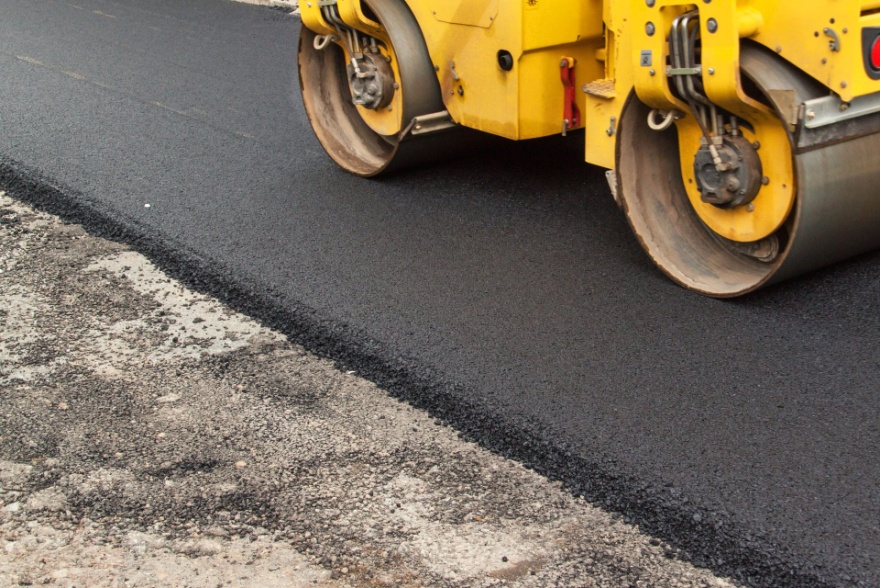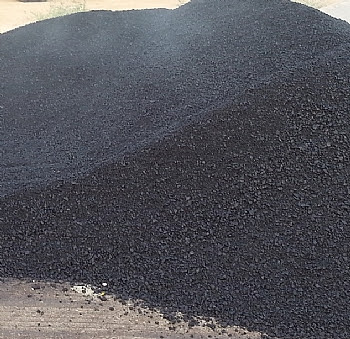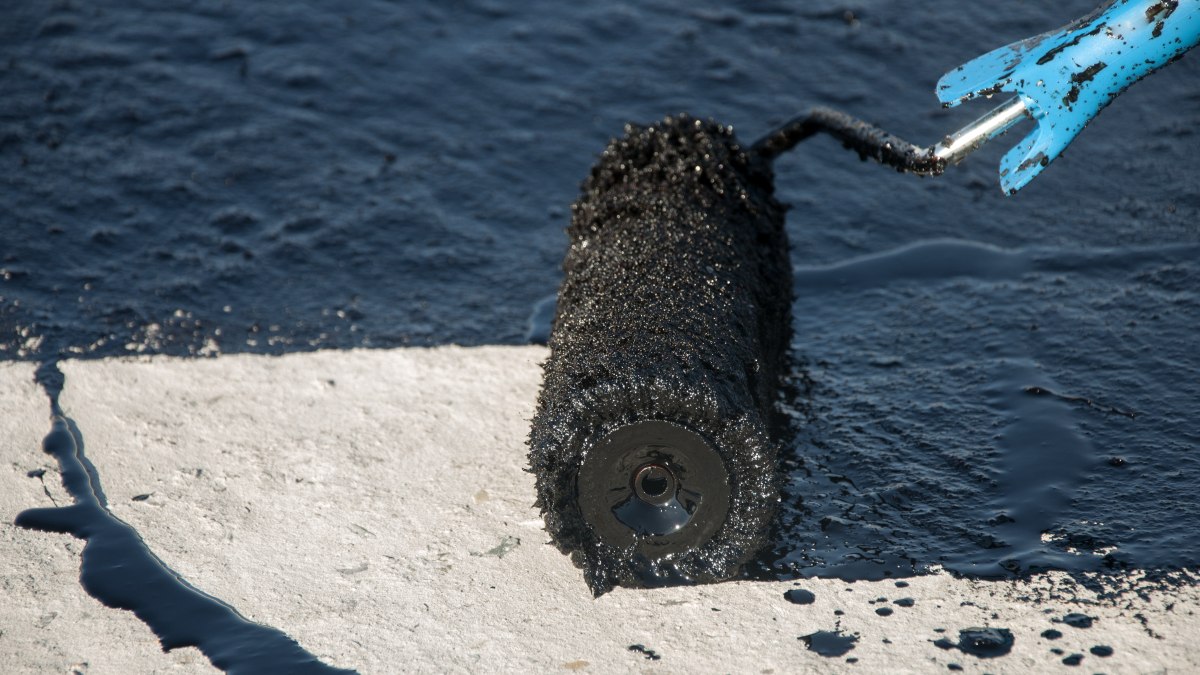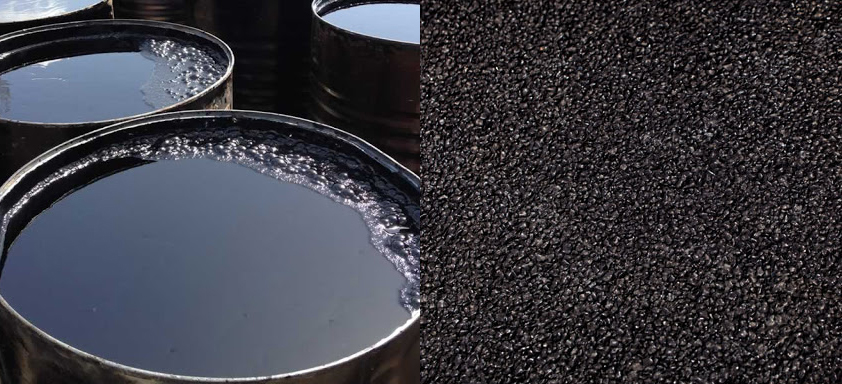The materials in which bitumen and asphalt are present are known as Bituminous Materials. Primarily, the bituminous materials are extensively used for road construction only. Now, they are also playing a significant role in the roof construction of industries. In this article, we will discuss every type of bituminous material with its details. In terms of civil engineering, two materials are mainly present in bituminous materials that are:
- Asphalts
- Tars
Table of Contents
What is Bitumen?
It is a black or dark-colored solid or viscous substance in which high molecular hydrocarbons are present, derived from the distillation of petroleum. It is a binder with the presence of asphalt in it. They either occur naturally or obtain from artificial processes.
Properties of Bitumen
There are some properties that make it more desirable.
- It is durable
- It has good compaction
- Provides waterproofing surface
- It is easy to mix with other binding materials
- It provides adhesion with aggregates
Requirements of Bitumen
- The manufacturing of bitumen should be at a moderate temperature that makes it neither too soft in the summer nor too brittle in the winter that can cause cracking.
- It should have resistance to deformation in pavements.
- The viscosity of bitumen should be sufficient during its mixing with aggregates. To achieve this viscosity, heat the bitumen and aggregates before their mixing.
- It should have sufficient adhesion between bitumen and aggregates.
Types of Bitumen
Depending upon the requirements and the specifications, there are different types of bitumen. These different types have their properties and use in the construction industry. We will discuss some of the main types of bitumen.
1)Penetration Grade Bitumen
When semi-solid bitumen is subjected to penetration by a needle of about 1 mm, determining the grade of that bitumen sample is known as Penetration Grade Bitumen. They are further classified according to their Grade or penetration value.
- Suitable for road construction
- They are also suitable for the construction of asphalt pavements
- Manufacturing of Hot Mix Asphalt
2)Cut-Back Bitumen
The addition of different solvents to reduce the viscosity of the bitumen is known as cutback bitumen. These solvents can be petrol, diesel, kerosene oil, furnace oil, etc. Cutback Bitumen is a preferable liquid binder concerning environmental conditions.
It consists of three types of bitumen.
- Rapid Curing (RC) Bitumen
The solvents for the formation of RC bitumen are Naphtha and gasoline. It is suitable for the sealing, coating, and dressing of the surface.
- Medium Curing (MC) Bitumen
They are suitable for the mixture with less quantity of aggregates.
- Slow Curing (SC) Bitumen
They are suitable for the mixture with more quantity of aggregates.
2)Bitumen Emulsion
The addition of water and emulsifying agents to dilute the semi-solid nature, this type of bitumen is known as Bitumen Emulsion. In this type, the quantity of bitumen is about 60%. They are highly suitable for hilly road construction. The grade of bitumen is responsible for its setting time. It mainly consists of two types of bitumen.
- Ionic Emulsion Bitumen
- Cationic Emulsion Bitumen
Based on their Grade, it has three types.
- Rapid Setting (RS) Emulsion (Preferred for surface work)
- Medium Setting (MS) Emulsion (Preferred for patchwork)
- Slow Setting (SS) Emulsion (Preferred for seal coating, in-place mixtures)
3)Modified Bitumen
The mixing of grade-penetrated bitumen with different additives or modifiers to enhance its properties is known as Modified Bitumen. It includes polymer/crumb rubber-modified bitumen.
Polymer Modified Bitumen (PMB)
- It is suitable for the wearing course due to its high stability and resistance to climatic conditions.
- The addition of 2-8% of polymer in the bitumen
- It has more elasticity and durability
- It has the ability to deformation and cracking
6)Asphalt
Asphalt is also a type of bitumen that includes aggregates (both fine and coarse) mixed with the bitumen binder. It is a highly viscous, sticky liquid used as a by-product of petroleum distillation. It is black or brownish-black in color. The amount of bitumen in asphalt is about 4-7 %. It is also known as Bitumen due to its similar properties.
- It is mainly used in the construction of pavements.
- The properties of asphalt rely on the size and shape of the aggregates in a mixture.
- It can occur naturally and as well as prepared artificially. Naturally, its deposits are available in different countries like Switzerland, the Dead Sea, and Northeastern Alberta. Their deposits are present due to the seepage of mineral oils from the ground.
- Asphalt is obtained due to fractional distillation of crude petroleum.
Asphalt Types
- Natural Asphalt (Lake or Rock Asphalt)
- Residual Asphalt (Asphalt cement, asphalt emulsion, cut-back asphalt)
Asphalt Properties
- It is a waterproof material due to its adhesive strength and strong plasticity.
- As it is water-proof, suitable for the tanks, pools and basements.
- It is non-soluble in water.
- At low temperatures, Asphalt is in a solid-state.
- At a temperature of greater than 500C, it becomes liquid.
- It can resist atmospheric conditions.
- It is a durable material.
- It has good resilience.
- It can be placed as Damp-proof courses
7)Asphalt Cement
It is a type of binder used as bituminous material. In this type, the asphalt is heated at an appropriate temperature to convert it into liquid enough to use in mixtures. They are commonly used for roofing, industrial, and pavements.
8)Tar
It is a thick black flammable liquid obtained from the fractional distillation of coal. It is also a bituminous material used for construction purposes.
There are some properties of tar.
- Variation in viscosity.
- It can also be obtained from the destructive distillation of oil, petrol, and other organic materials.
- It is not so suitable for manufacturing road paving asphalt.
- It is a less ductile material.
- It has less resistance to wear.
Comparison between Bitumen and Asphalt
In most countries, bitumen is also known as asphalt but their properties are different from each other.
- Asphalt is a type of mixture in which bitumen is present.
- Asphalt provides a durable and flexible layer for the traveling of vehicles.
- Bitumen is used as a binder or used as a commercial supply material.
- Both bitumen and asphalt depend upon each other.
- Bitumen is a liquid that helps to bind the mixture of asphalt together.





